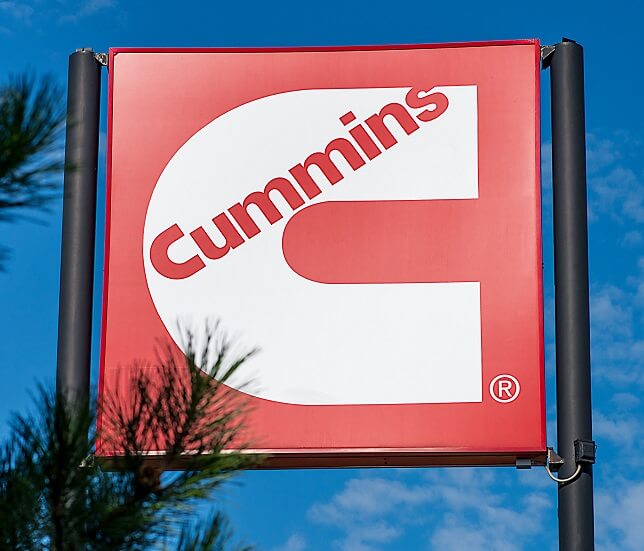Cummins Inc. has announced plans to expand its powertrains into unified, fuel-agnostic engines that will be able to run on a range of lower-carbon fuel types.
The company says these platforms will use engine blocks and core components that share common architectures, but optimized for different fuels, such as natural gas and hydrogen.
“Having a variety of lower-carbon options is particularly important considering the variation in duty cycles and operating environments across the many markets we serve,” says Srikanth Padmanabhan, president of Cummins’ engine business unit. “There is no single solution or ‘magic bullet’ that will work for all application types or all end users.”
The new fuel-agnostic engine platforms will feature a series of engine versions that are derived from a common base engine, which means they have a high degree of parts commonality. Below the head gasket of each engine will largely have similar components, and above the head gasket will have different components for different fuel types. Each engine version will operate using a different, single fuel.
The new design approach will be applied across the company’s B, L and X-Series engine portfolios, which will be available for diesel, natural gas and hydrogen.
“This is a new way of designing and developing lower emission internal combustion powertrains that meet the unique needs of the transportation industry while leveraging the benefits of a common product architecture and footprint where possible,” adds Jonathon White, vice president of engineering. “This unique technology approach will allow end users to more seamlessly pick the right powertrain for their application with the lowest CO2 impact.”
Parts commonality will offer increased benefits for both truck OEMs and end users, including similar engine footprints, diagnoses and service intervals. This means it will be easier for OEMs to integrate a variety of fuel types across the same truck chassis, and there will be minimal costs to train technicians and re-tool service locations, resulting in a lower total cost of ownership for the end user.





Will Cummins be using Westport’s HPDI2?